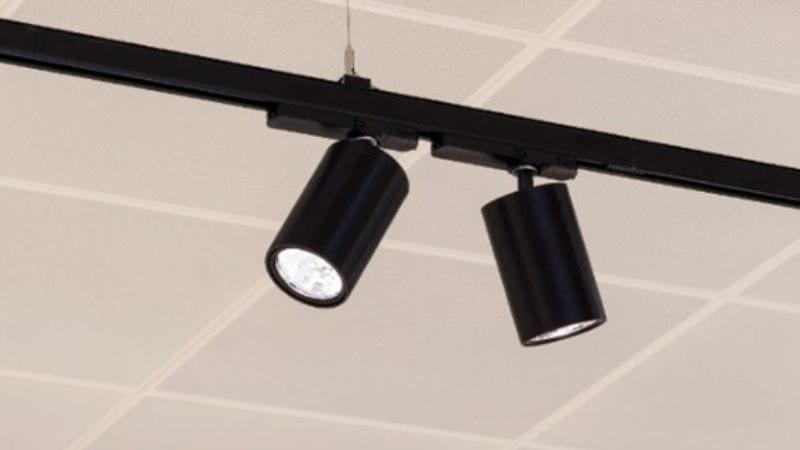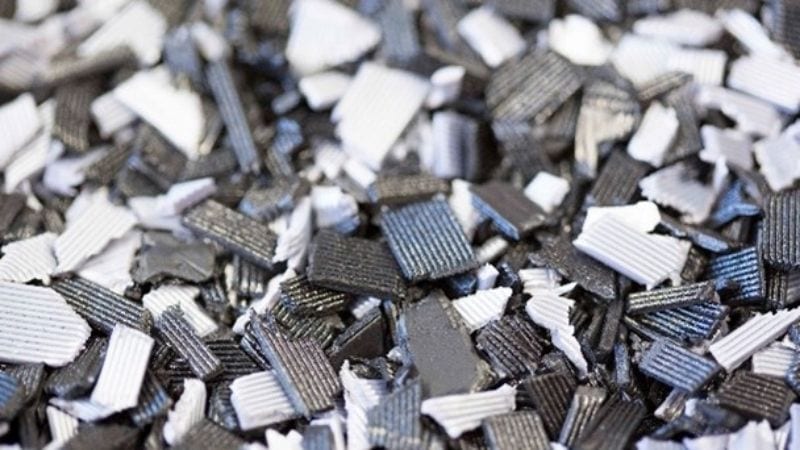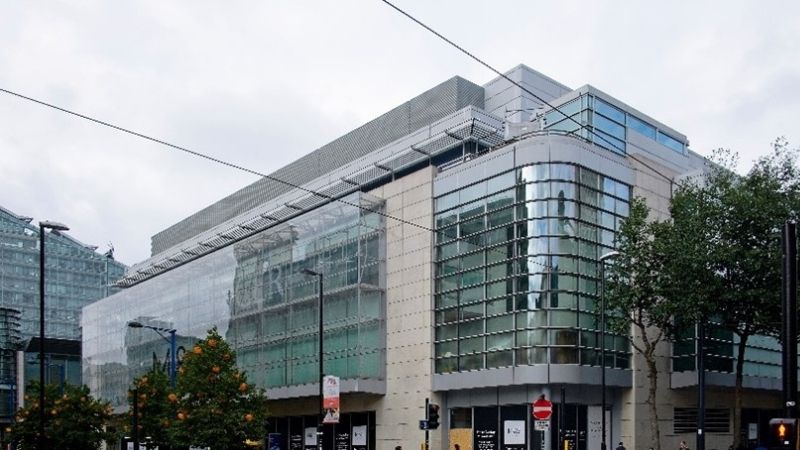October 8, 2020
Prominent UK-based retailer Marks and Spencer is making significant strides in becoming more sustainable by installing 3D printed luminaires
9 am. It’s your dad’s birthday. And for the second year running, you’ve forgotten to get him a gift. You race onto the high street and straight through the revolving doors, scanning the shop floor in search of the perfect last-minute gift. We’ve all been there.
But when was the last time you took a moment to look up at the light illuminating that frantic search? At many Marks & Spencer (M&S), this lighting has recently taken a remarkable journey; they’re now 3D printed luminaires.

In order to make the retrofit as sustainable as possible, one objective was to size the products so that they wouldn’t require a mass overhaul of current ceiling tiles. With the unwavering guarantee of lowering its carbon footprint in the process, Marks & Spencer decided it was time to replace its existing luminaires. Enter Signify.
Signify offered the best solution: 3D printed luminaires that could fit perfectly into existing fittings. In late 2019, Marks & Spencer teamed up with the global lighting leader to undertake a major renovation in its stores across the United Kingdom & Ireland.
According to Oliver Knowles, R&D manager at Marks & Spencer, Signify’s 3D printed luminaires are the first real retail lighting application he’s seen that improve the sustainability of its stores. He adds that “the potential for these fittings is enormous, both from an energy and cost-efficiency perspective. They are printed on demand to fit perfectly without need for adjustment or cutting into our ceilings.”

The 3D printed luminaires are manufactured using 100% recyclable polycarbonate. The luminaires also weigh less, reducing the carbon emissions in shipping by 35%. Olivia Qiu, Chief Innovation Officer at Signify, explains that “by keeping production close to urban areas, we reduce the footprint even further. And of course, LED lighting is more energy efficient than conventional lighting."
As a result, your typical 3D printed luminaire (excluding electronics and optics) has a 47% lower carbon footprint than a conventionally manufactured metal one. This unique blend of innovation and sustainability is exactly what Marks & Spencer were after.

Marks & Spencer is now in its latter phases of rolling out thousands of these 3D printed luminaires across its stores by the end of 2020. The high street retailer joins other major customers including Albert Heijn, SAS, and Praxis in bringing together the two biggest players in this industry’s remarkable history: LED and 3D printing.
As these partnerships continue to flourish, they further prove that sustainability must remain the driving force of constant innovation, not a victim of it.
Signify (Euronext: LIGHT) is the world leader in lighting for professionals, consumers and the Internet of Things. Our Philips products, Interact systems and data-enabled services, deliver business value and transform life in homes, buildings and public spaces. In 2023, we had sales of EUR 6.7 billion, approximately 32,000 employees and a presence in over 70 countries. We unlock the extraordinary potential of light for brighter lives and a better world. We have been in the Dow Jones Sustainability World Index since our IPO for seven consecutive years and have achieved the EcoVadis Platinum rating for four consecutive years, placing Signify in the top one percent of companies assessed. News from Signify can be found in the Newsroom, on X, LinkedIn and Instagram. Information for investors is located on the Investor Relations page.
